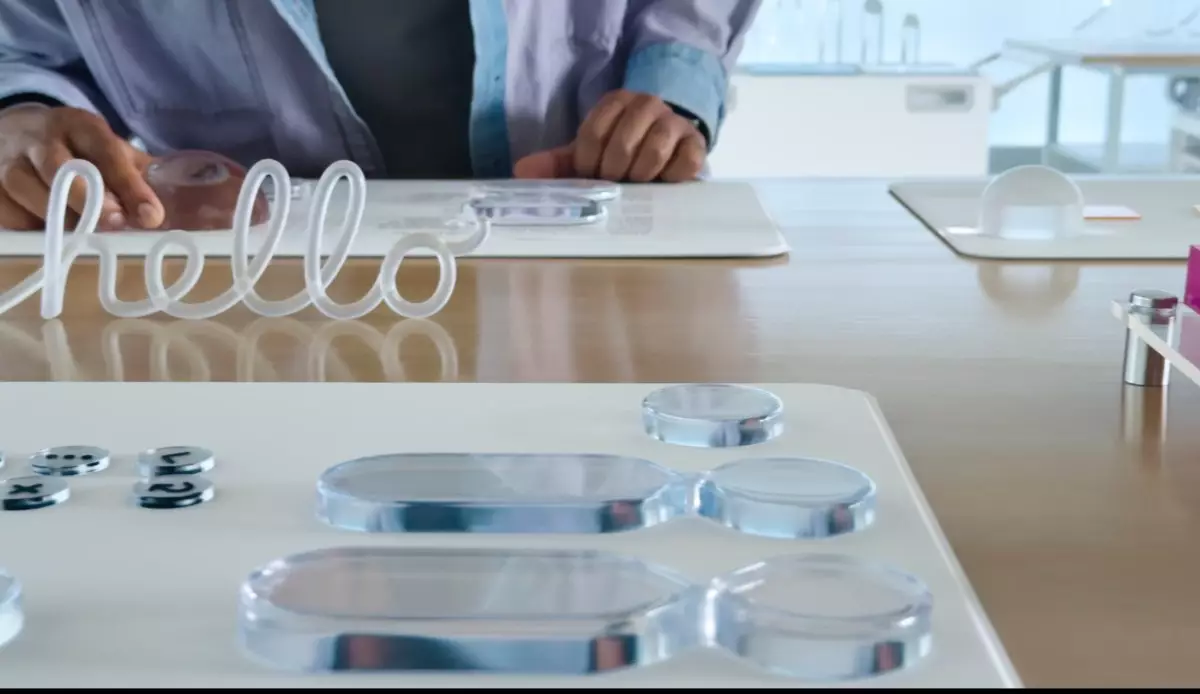Apple’s WWDC 2025 marked a pivotal moment in the tech giant’s history, revealing an ambitious reimagining of its software design with the introduction of Liquid Glass. This innovative interface not only captures attention but also hints at Apple’s upcoming augmented reality (AR) glasses, anticipated to hit the market next year. The design approach reminds us of Apple’s Vision Pro VR headset, notably the direction the company is taking to make digital interaction more immersive and integrated into daily life.
Liquid Glass isn’t just a cosmetic feature; it encapsulates the essence of how we engage with digital environments. The term suggests a sleeker, more fluid user experience, alluding to window panes that are transparent yet reflective. However, the initial developer beta showcases some areas for improvement, particularly regarding opacity management. Apple’s quest for a seamless aesthetic is commendable, yet it’s clear that they still wrestle with delivering the polished experience users expect from their brand.
Lessons from the Vision Pro Experience
Though the Vision Pro headset offered stunning user experience innovations, it struggled commercially due to its steep $3,500 price tag. This price, while reflective of the advanced technology packed within, doesn’t coincide with the current consumer mindset where practicality often trumps luxury. Apple needs to pivot; immersing audiences in high-tech experiences isn’t enough when the investment feels disconnected from their day-to-day needs.
The success of the Vision Pro’s UX shouldn’t be overlooked. By cleverly integrating augmented reality elements over real-world settings, Apple has paved the path for more user-friendly AR technology. The blend of physical and digital worlds could redefine how we interact with our environment, making it less about escape and more about enhancement.
Navigating the Competitive AR Landscape
Apple’s entrance into the AR glasses market is essential, especially as competitors such as Meta and Google make strides in the wearable tech landscape. Meta’s Ray-Bans and Google’s renewed focus on smart glasses signify that lighter, more practical devices are the trend for the future. Apple’s historic strength lies in its ability to harmonize user-friendly functionality with aesthetically pleasing designs, an area where it may have an edge over its rivals.
While Apple hasn’t disclosed full specifications of its upcoming AR glasses, the rumored integration of cameras, microphones, and speakers hints at a device designed for multifunctionality. Siri’s potential enhancements could further enrich the user experience, transforming these glasses into versatile lifestyle tools. The thought of using AR glasses for tasks like making calls or translating information in real-time is compelling, but the execution must ensure that these features integrate naturally into the user’s visual field.
Creating a Harmonious User Interface
For Apple to succeed in the AR space, it’s crucial that interface elements harmonize with the user’s surroundings. Notifications and overlays must not disrupt the immersive experience. A well-designed interface should blend with the real world rather than impose itself onto it. Early indications suggest that Liquid Glass is a step in this direction, but Apple will need to refine its approach to transparency and notification styling.
An innovative UI is not simply about aesthetics; it’s about cultivating an environment where users feel they have control over their digital experiences. That harmony between functionality and design could ultimately determine the success of Apple’s AR glasses. The right approach will allow users to receive timely updates without overshadowing the dynamic environments they inhabit, a delicate balance that Apple must strive to achieve.
While there is much speculation surrounding Apple’s AR glasses, the introduction of Liquid Glass at WWDC 2025 lays the groundwork for potentially revolutionary developments in how we engage with technology and the world around us. As Apple refines this groundbreaking design, the anticipation builds, and one can only imagine the transformative impact this new hardware will have on our digital landscape.

